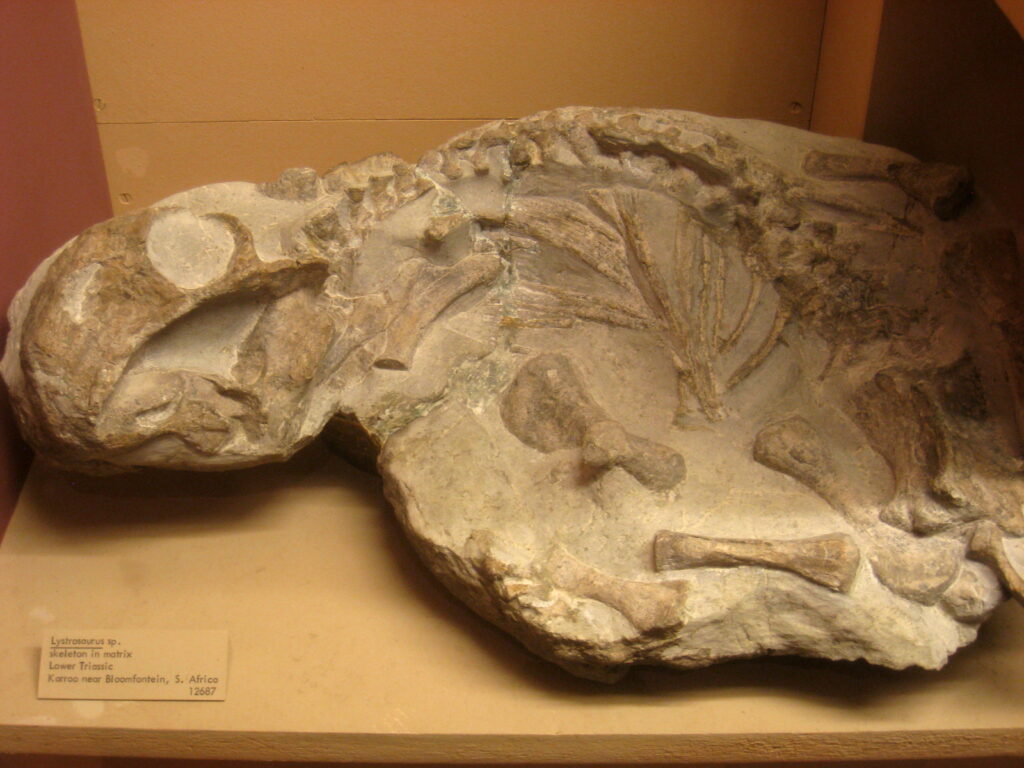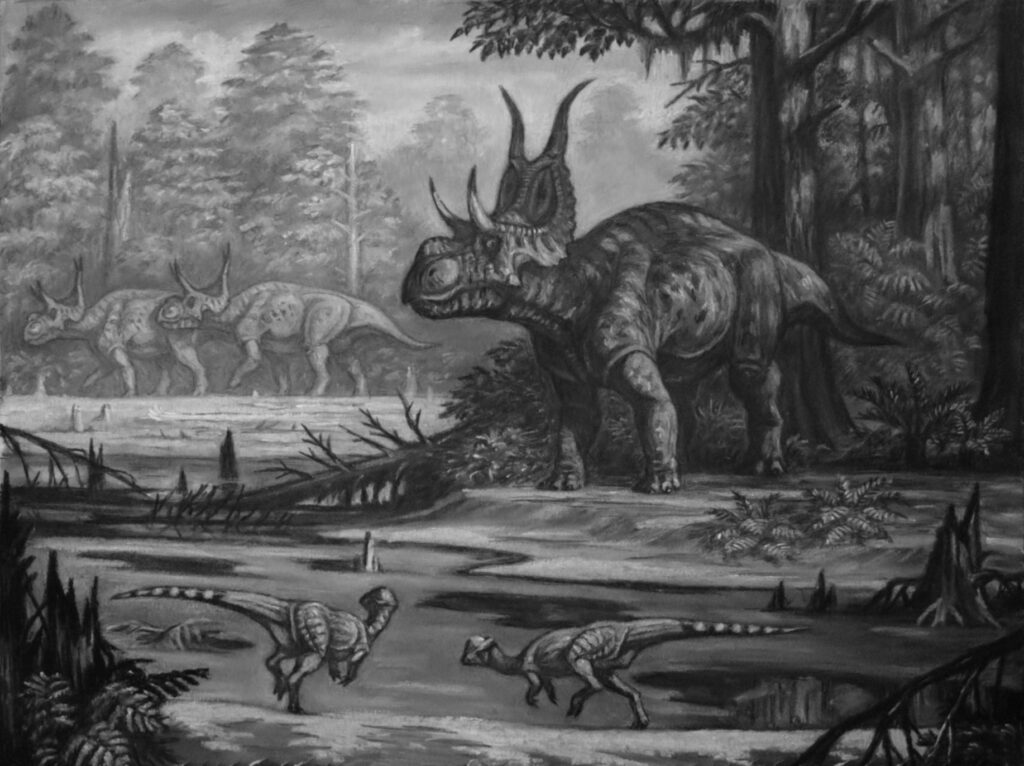Picture this: a massive Triceratops wandering through what’s now Antarctica, while Allosaurus hunted in the humid forests of modern-day Sahara Desert. Sounds impossible, right? But this isn’t science fiction – it’s the incredible reality of our planet’s past, when dinosaurs ruled a world that looked nothing like the one we know today. Back then, Earth’s continents weren’t fixed in place—they were slowly drifting apart, reshaping landscapes and ecosystems over millions of years. This continental shuffle determined where dinosaurs lived, how they migrated, and even how they evolved into new species. Fossil evidence shows striking similarities between creatures found on continents that are now oceans apart, proof of their once-shared homes. As landmasses split, dinosaurs adapted to new climates, isolated regions, and shifting food chains. Continental drift wasn’t just geology in motion—it was the hidden engine driving the story of dinosaur evolution.
When Earth Had One Massive Supercontinent

At the beginning of the age of dinosaurs (during the Triassic Period, about 230 million years ago), the continents were arranged together as a single supercontinent called Pangea. This wasn’t just any regular continent – it was a colossal landmass that brought together every piece of land on Earth into one gigantic puzzle piece. Pangaea was C-shaped, with the bulk of its mass stretching between Earth’s northern and southern polar regions and surrounded by the superocean Panthalassa and the Paleo-Tethys and subsequent Tethys Oceans. At that time, Earth didn’t have seven continents, but instead one giant one surrounded by a single ocean called Panthalassa.
Pangea formed roughly 335,000,000 years ago and existed as a single landmass for approximately 160,000,000 years. During this time, something extraordinary happened – dinosaurs began to spread across this massive landmass, taking advantage of the fact that there were no oceanic barriers to stop them. They could literally walk from what we now call Brazil to Zimbabwe without getting their feet wet.
The Great Crack-Up Begins

During the 165 million years of dinosaur existence this supercontinent slowly broke apart. But this wasn’t like cracking an egg – it was more like watching a incredibly slow-motion explosion that took tens of millions of years to unfold. Pangea began to break up toward the end of the Triassic, first along the boundary between North America and Africa. As the two continents began to move in different directions, long narrow rift valleys formed along the seam.
The breakup wasn’t uniform or predictable. Earth’s most recent supercontinent, known as Pangaea, existed from about 335 million years ago until 200 million years ago, when it began to break apart. Laurasia was composed of modern-day north Asia, Europe, and North America, and Gondwana was made up of modern-day South American, Africa, Antarctica, India, Australia, and Arabia. Imagine trying to tear apart a massive jigsaw puzzle while dinosaurs are living on the pieces – that’s essentially what happened to our planet.
Dinosaur Highways Across Ancient Lands

Before the continents drifted apart, dinosaurs had what scientists now call “prehistoric highways” connecting every corner of the globe. That’s what life was like for land animals on Pangaea. No-hassle travel: Animals could roam freely across vast distances without needing to cross water barriers. This ease of movement played a crucial role in the spread of early dinosaurs and other reptiles. Think of it as nature’s ultimate road trip – no passport required, no border crossings, just endless stretches of connected land.
The distribution of early dinosaurs was largely affected by climate barriers instead of geographical ones. For instance, the fossil collection from Zimbabwe indicates that the earliest dinosaurs were exclusively from environments that were temperate and semi-arid to semi-humid regions in the south of Pangaea. This discovery has completely changed how scientists understand dinosaur migration patterns and suggests that climate, not geography, was the main factor determining where different species could thrive.
Fossil Detectives Solve Ancient Mysteries
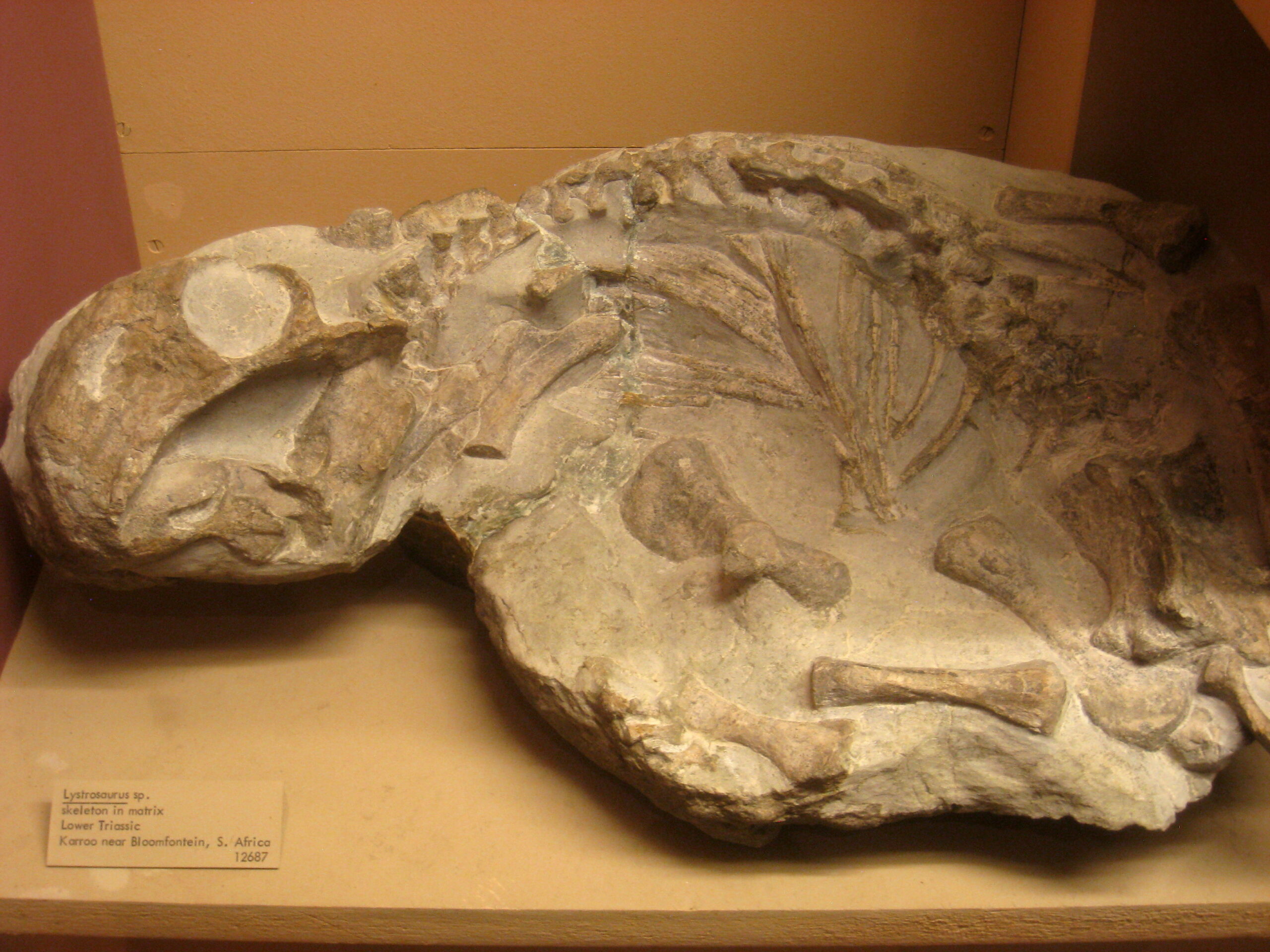
How do we know all this actually happened? The answer lies buried in rocks around the world, waiting for paleontologists to piece together the puzzle. Fossil evidence for Pangaea includes the presence of similar and identical species on continents that are now great distances apart. For example, fossils of the therapsid Lystrosaurus have been found in South Africa, India and Antarctica, alongside members of the Glossopteris flora, whose distribution would have ranged from the polar circle to the equator if the continents had been in their present position.
The second thing geologists uncovered was the distribution of fossils on land. For instance, they found lystrosaurus fossils in India, Africa, and Antarctica. The reason is that Earth existed as one giant supercontinent Pangaea. These fossil discoveries are like finding the same fingerprints at crime scenes thousands of miles apart – they’re smoking gun evidence that these continents were once connected.
The Brazilian-African Dinosaur Trail

Both sets of tracks, made when dinosaurs traversed the muddy surfaces near ancient streams and lakes, are preserved in the same sorts of sediments. In fact, the African and South American tracks are so similar that scientists think that they represent two halves of the same path, along which dinosaurs dispersed. This discovery is absolutely mind-blowing – scientists have literally found matching dinosaur footprints on opposite sides of the Atlantic Ocean.
Finding matching dinosaur footprints in Cameroon and Brazil makes perfect sense in light of the theory of plate tectonics. When you realize that by 120 million years ago, when the dinosaur trackways were laid down, Gondwana had broken up a bit, but South America was still tucked into the hollow of Africa, suddenly these matching footprints tell an incredible story of a single dinosaur walking route that got split in half by a growing ocean.
Climate Control in the Age of Reptiles
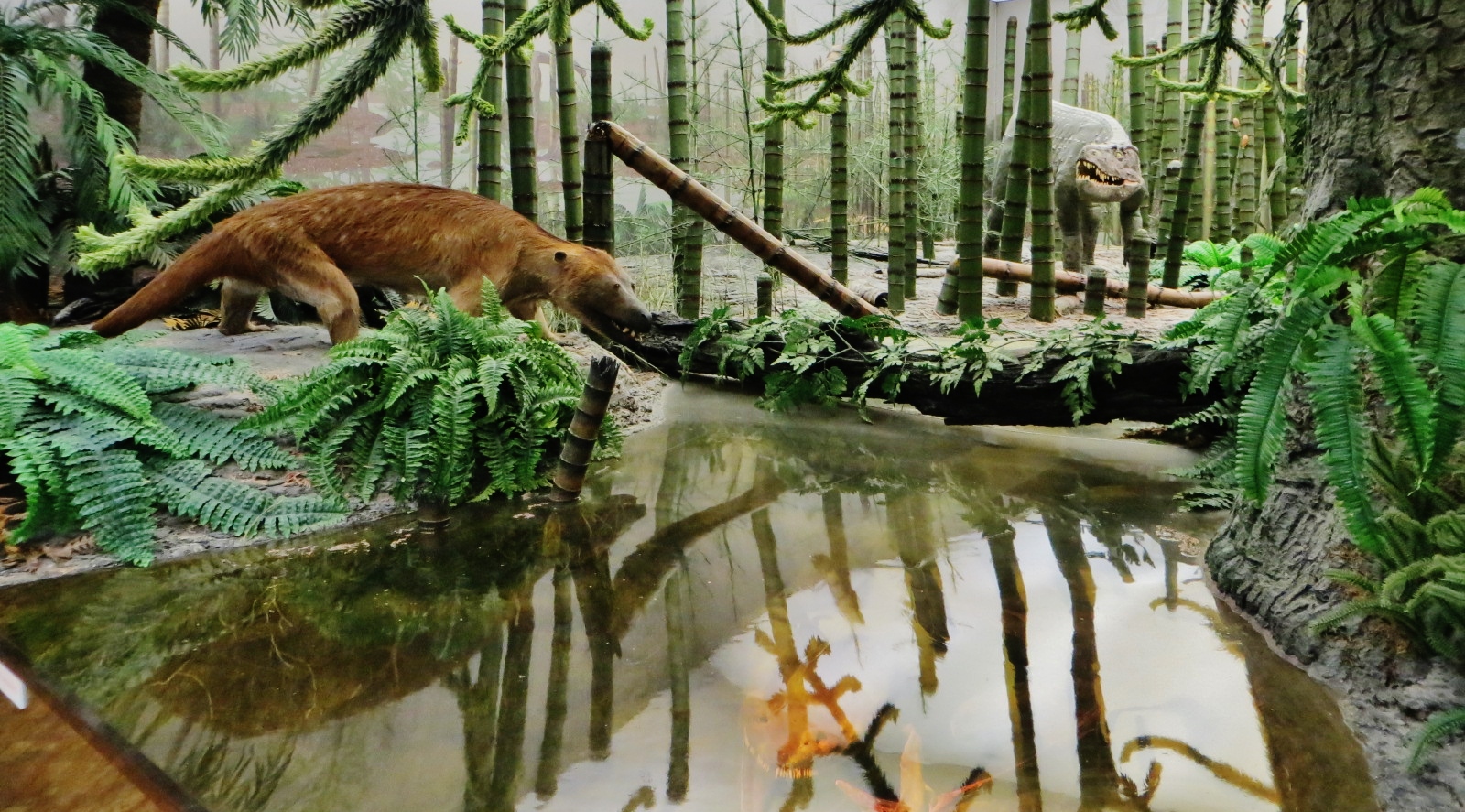
Living on Pangaea wasn’t exactly a tropical paradise. Climate models confirm that the continental interior of Pangaea was extremely seasonal, according to a 2016 article in the journal Palaeogeography, Palaeoclimatology, Palaeoecology. The researchers in this study used biological and physical data from the Moradi Formation, a region of layered paleosols (fossil soils) in northern Niger, to reconstruct the ecosystem and climate during the time period when Pangaea existed.
The supercontinent created some pretty extreme weather patterns that would make today’s climate change seem like a gentle breeze. The assembly of Pangaea disrupted the Intertropical Convergence Zone and created an extreme monsoon climate that reduced the deposition of coal to its lowest level in the last 300 million years. The extremes of climate in the interior of Pangaea are reflected in bone growth patterns of pareiasaurs and the growth patterns in gymnosperm forests. These harsh conditions actually helped shape dinosaur evolution, forcing them to adapt to extreme seasonal variations.
The Slow Dance of Tectonic Plates
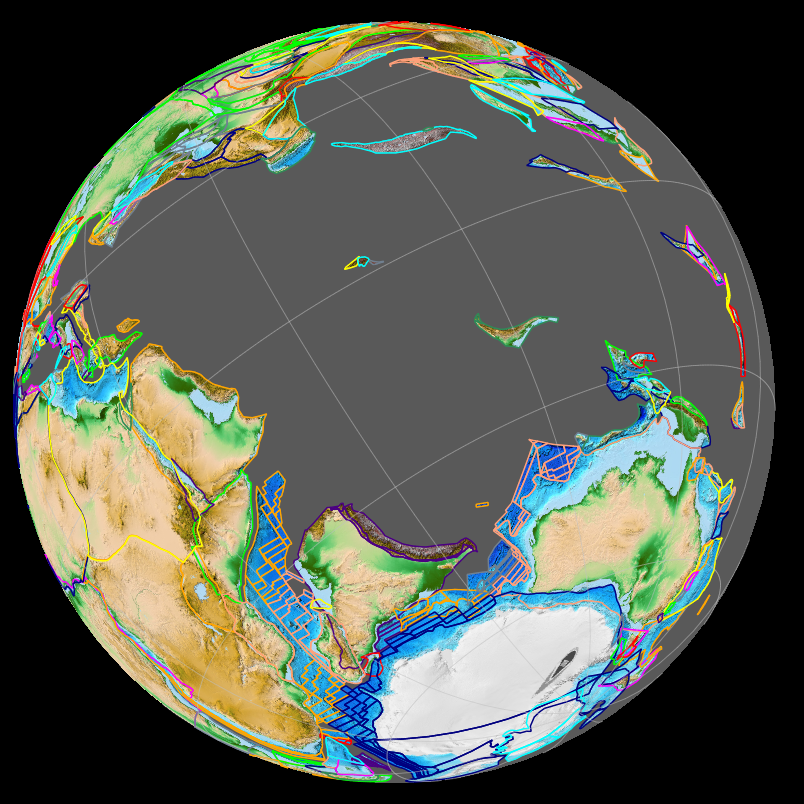
We know continents move because we use GPS sensors to track their movements. We’ve calculated that continents move about 5-10 cm per year on average. That might not sound like much – it’s roughly the speed your fingernails grow – but over millions of years, it adds up to massive changes. Instead of just years, how far have continents moved over millions of years? Because when you think of Earth in a geologic time scale, continents have traveled thousands of kilometers.
As the plates move away from the flanks of the ridges, they carry the continents with them. It’s like being on the world’s slowest conveyor belt – so slow that you’d never notice it in a human lifetime, but powerful enough to literally reshape the planet. Even now, Earth’s continents are moving and shifting at different rates just as they have for hundreds of millions of years. Over time, however, geologists turned up evidence that the continents really were in motion.
Dinosaur Diversity in a Connected World

There existed only one supercontinent called Pangaea, and it was home to the earliest dinosaurs known to mankind. A recently published study from Yale University highlights the role of different climate zones in the origin and distribution of early dinosaurs throughout Pangaea. They believe that the fossils are 230 million years old and they belong to the earliest known Triassic-era dinosaur species of Africa, South America, and Asia.
What’s fascinating is how this connected world allowed for rapid dinosaur diversification. Pangaea existed for more than 100 million years, and during that time many animal groups thrived. During the Permian period, insects such as beetles and dragonflies flourished, as did the predecessors of mammals, the synapsids. But dinosaurs were the real success story, spreading across the entire supercontinent and evolving into countless different forms adapted to various environments.
The Beginning of the Modern World
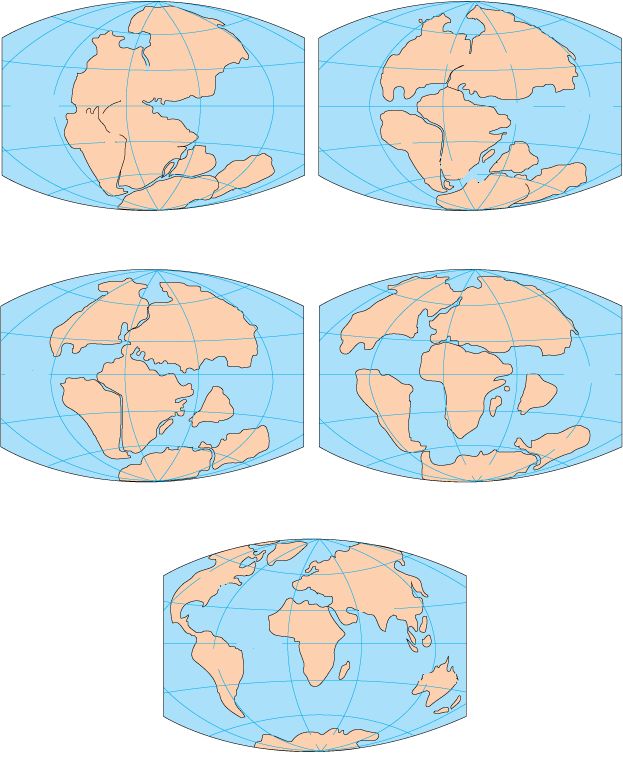
The discovery of a nearly 130-million-year-old fossilized skull in Utah suggests the divide of the ancient supercontinent, Pangea, occurred 15 million years later than previously believed, according to a new study. One of the major fundamental parts of the Earth’s history in the age of the dinosaur is the major pieces of landmasses start to drift apart from a unified supercontinent called Pangea into smaller pieces. This discovery has forced scientists to completely rethink their timeline of when our modern world began to take shape.
The fossil discovery suggests mammal migration and that of their close relatives continued into the Early Cretaceous period (145-101 million years ago). This (fossil) basically implies as late as 130 million years (ago) there are some animal dispersal routes over land that are continuous. Even as the continents were separating, life was still finding ways to move between them, suggesting the breakup was a much more gradual process than previously thought.
Revolutionary Research and New Discoveries

Our achievement holds significant implications for research on dinosaur evolution and extinction, as well as environmental changes on Earth during the Late Cretaceous. Such findings can transform fossils into compelling narratives about Earth’s history. Recent technological advances have allowed scientists to date fossils with unprecedented accuracy, revealing new details about how dinosaurs lived and moved during the planet’s transformation.
They also said that Dendroolithid eggs in neighboring basins should be examined in the future to trace dinosaur migrations. Scientists are now using dinosaur eggs as a kind of prehistoric GPS system, tracking ancient migration patterns across what were once connected landmasses. A study on the biogeography of Megaraptora and Tyrannosauroidea is published by Morrison et al. (2025), who argue that megaraptorans had a cosmopolitan distribution before the splitting of Laurasia and Gondwana, that gigantism evolved multiple times in tyrannosauroids and its evolution might have been related to cooling climate.
Continental Drift’s Impact on Evolution
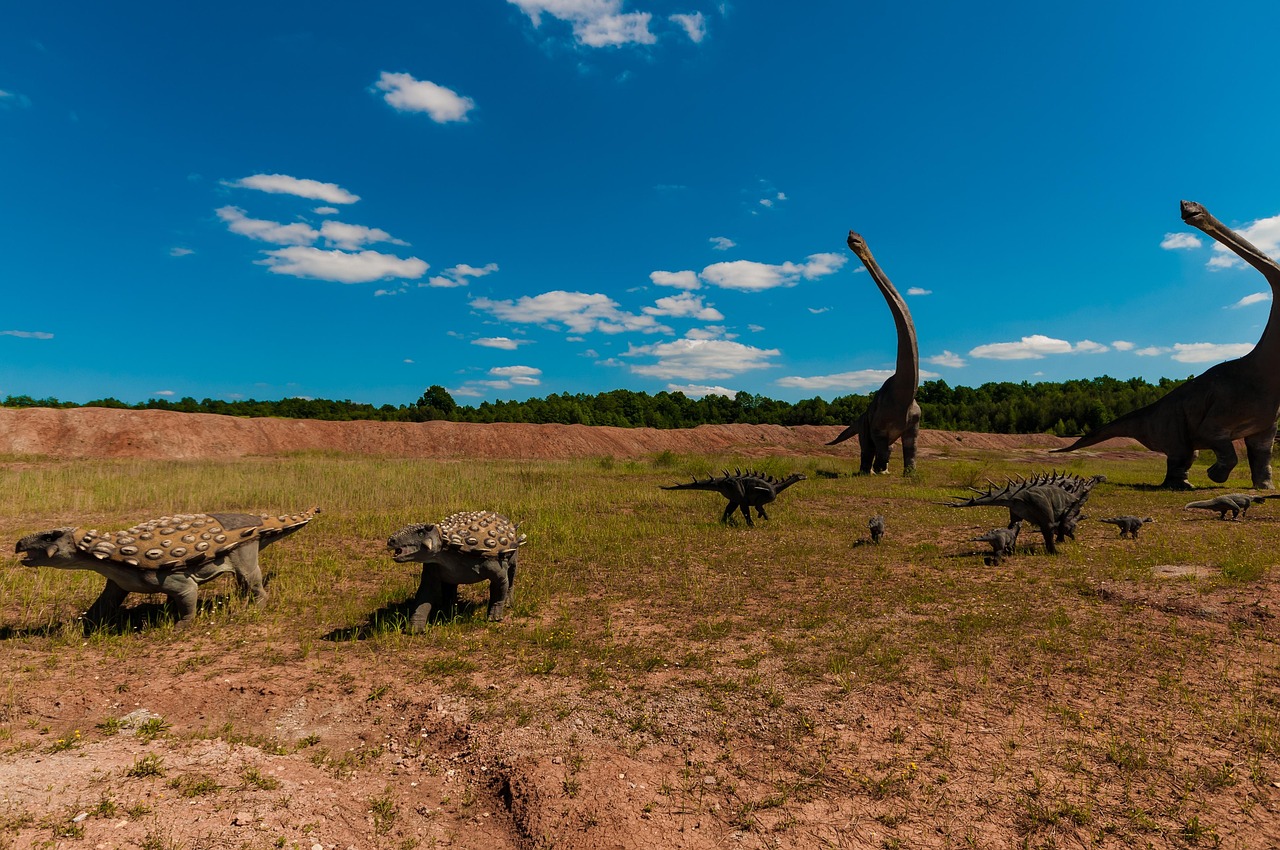
Dinosaurs promoted open habitats in the Late Cretaceous, and their extinction could have led to a radical reorganization of the landscape and ecosystem structure at the beginning of the Paleogene, according to sedimentology, biostratigraphy, and geochemistry data from western North America. It is increasingly apparent that abiotic drivers like climate change and tectonics have shaped the distribution and evolution of life; yet, as demonstrated here, life itself can also sculpt our planet.
This relationship between continental drift and evolution wasn’t a one-way street. While the moving continents certainly influenced how dinosaurs evolved and spread, the dinosaurs themselves were actually changing the landscape around them. They were ecosystem engineers, creating the very environments that would later be preserved in the fossil record we study today.
Conclusion

The story of dinosaurs and continental drift reads like the ultimate adventure novel – epic in scope, full of unexpected twists, and starring some of the most incredible creatures ever to walk the Earth. From their humble beginnings on the united supercontinent of Pangaea to their global dominance as the continents slowly drifted apart, dinosaurs witnessed and participated in one of the most dramatic geological transformations in our planet’s history.
What makes this story even more remarkable is how modern technology continues to reveal new chapters. Every fossil discovery, every precisely dated rock layer, and every computer model adds another piece to this massive puzzle. Scientists are literally rewriting the textbook on how our world came to be, and dinosaurs are serving as our guides through deep time.
The next time you look at a world map, remember that the familiar shapes of our continents are just a snapshot in Earth’s long movie of change. Those landmasses have been dancing across the planet’s surface for billions of years, carrying their precious cargo of life from one climate zone to another, one evolutionary experiment to the next. The age of dinosaurs wasn’t just about massive reptiles – it was about a planet in motion, constantly reshaping itself and the life it carried.
Did you ever imagine that a dinosaur footprint could tell us the story of an entire ocean being born?

